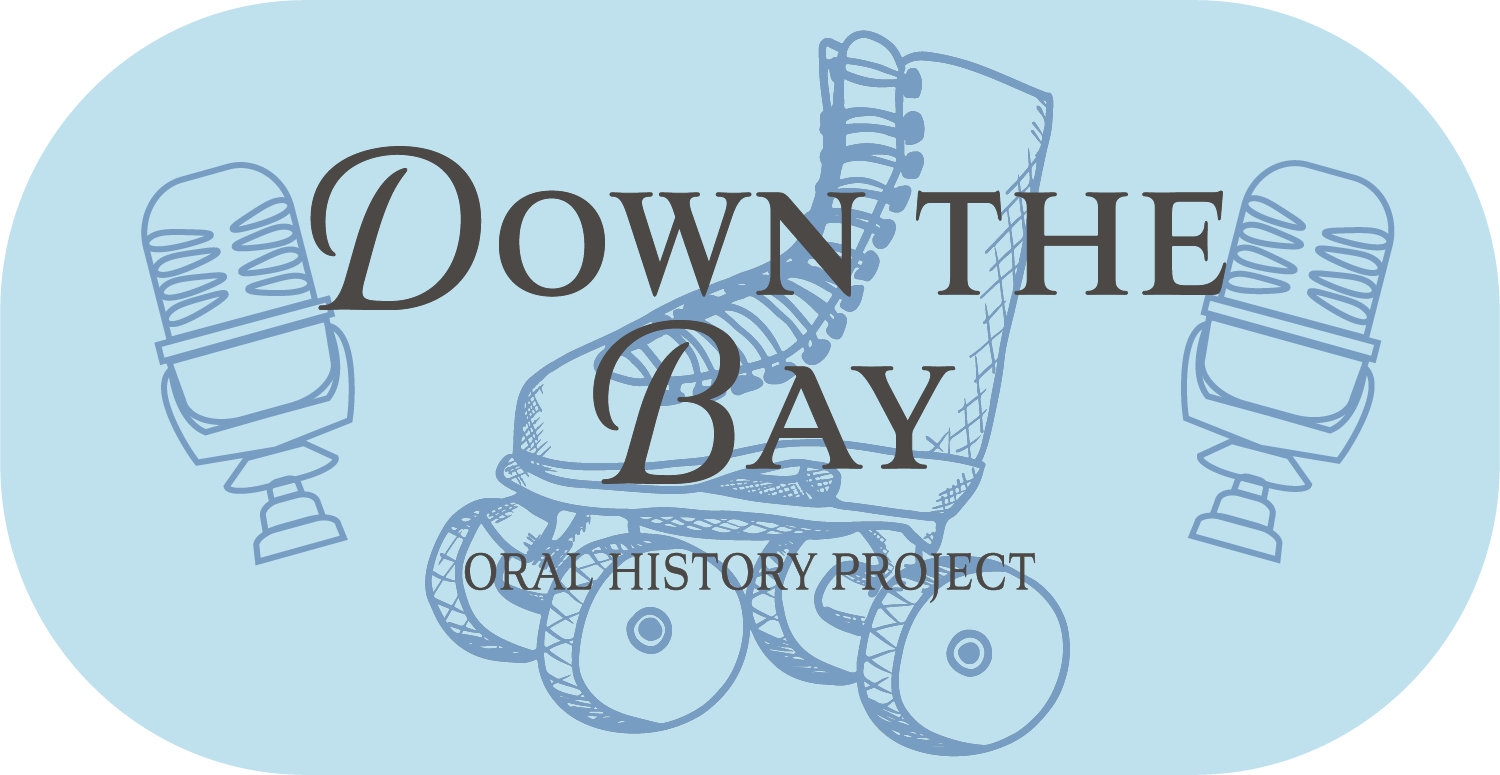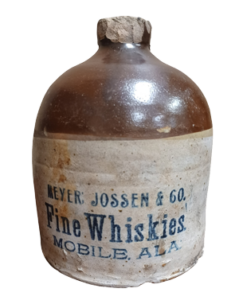From November 2021-June 2023, archaeologists excavated 15 sites in the Right-of-Way of the new bridge. These sites are historically significant and can add to our knowledge of the past. These sites span the entire history of Mobile Bay, ranging from Native American sites from thousands of years ago, to French and Spanish colonial occupations, to our most recent history. Much of the project area was part of the Down the Bay neighborhood in the late 19th- and early 20th centuries.
The I-10 MRB Archaeology project is interdisciplinary. Our archaeologists excavated sites in the field and currently analyze artifacts in the lab. Our historical research team provides insights into past lifeways through maps, city directories, census data, and other documents. The Down the Bay Oral History Project includes interviews with community members to tell a more recent story of the neighborhood. Together, these data sources tell the long history of Mobile Bay.
Follow us for updates, research highlights, and ways to get involved!
Weathering the Storm: The Archaeology of Hurricanes
Hurricanes have been part of life on the Gulf Coast for thousands of years. Through archaeology, we can better imagine how past populations experienced hurricanes. This online exhibit examines archaeological evidence of past storms from the I-10 MRB Archaeology Project. It also includes contributions from meteorologist Alan Sealls and Dr. Sytske Kimball of the South Alabama Mesonet.
Share Your Story: Down the Bay Oral History Project
The University of South Alabama McCall Library Oral History Team is recording stories about the Down the Bay community. They are creating a public archive of the histories that aren’t written. If you, or someone you know, would like to share your stories of Down the Bay, please call (251) 341-3900 or email oralhistory@southalabama.edu.
I-10 MRB Archaeology Project Blog
Follow our project blog for archaeology updates and highlights as we continue to uncover new information about Mobile Bay history.
Highlights from the Lab
Our team has uncovered hundreds of thousands of artifacts as part of the I-10 MRB Project. Follow our YouTube series as we highlight our most interesting finds!



